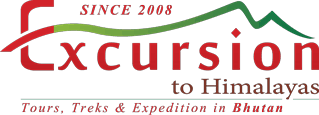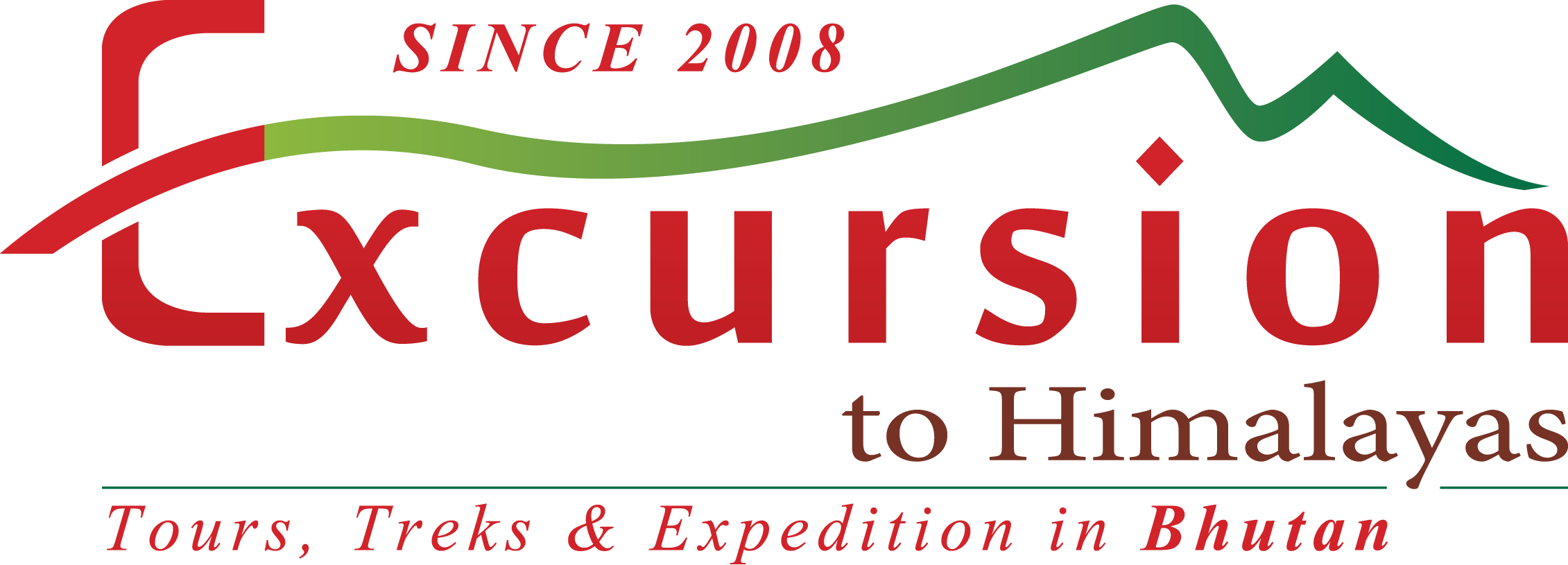Do not hesitate to give us a call. We are an expert team and we are happy to talk to you.
+975-17140505
info@excursiontohimalaya.com
Embark on the enchanting Bumthang Owl Trek, a unique journey through the Bumthang Valley in Bhutan. This scenic trek, lasting approximately three days, takes you through quaint villages, lush forests, and serene meadows. The highlight of the trek is the chance to spot the elusive Himalayan Owl, adding a touch of mystique to the adventure. Immerse yourself in the rich cultural tapestry of the region, with visits to monasteries and interaction with locals. The Bumthang Owl Trek promises a perfect blend of natural beauty, cultural exploration, and the thrill of spotting the majestic Himalayan Owl. The Bumthang Owl Trek offers an invigorating experience of the culture and environment of the central Bumthang region. It is a moderately rated 3-day trekking.
Paro International Airport.
Bumthang to Bumthang
Cultural Trek and Easy for beginners
4000 meters.
27 km from the starting point to the end Point.
As you enter Paro valley, you will sweep pass through green forested hills with the silvery Pa Chhu (Paro river) meandering down the valley. Our representative (your guide) will meet you at Paro airport and followed by visa formalities, collection of baggage, and transfer to the hotel. Spend your day relaxing. Take a stroll around and explore the town area. Your day will be at leisure.
Dinner and overnight at the hotel, Halt at Paro.
After a good breakfast, you can start your sightseeing from Ta Dzong, a Museum housing many religious relics, works of art, and handicrafts offering a great orientation into Bhutan’s historical, cultural, and religious past.
Next, visit the Rimpung Dzong to see the painting of the great saint Milarepa, considered the master of meditation by the Bhutanese and believed to have attained enlightenment. Dzong is a large monastery and district administrative center, which were once strategic forts.
Trekking Begins: Menchugang
Trekking Time: 4-5 Hours.
After an early breakfast transfer to Bumthang by Flight. Upon arrival drive to Menchugang, the starting point for the trek.
Start at Menchugang and visit the biggest village in Bumthang, called Dhur, at an elevation of 2900 meters above sea level. The village consists of about 75 households with a recorded population of around 800 people. This single village has three types of inhabitants the Kheps (taxpayers) having cattle and farmland, Brokpas (nomads) having Yaks, and a third group a combination of the two. This village has two different dialects, the usual Bumthang Kha and the Brokke (nomadic dialect). A walk above the village to gain an aerial view is interesting.
Descend down to the river where the traditional water-driven flour mill can be visited. This traditional flour mill used to be a source of livelihood for the people of Dhur village however was abandoned after the intake channel was washed away by a flash flood. The mill process has since been rehabilitated as it symbolizes an authentic Bhutanese tradition. Continue to trek uphill through the blue pine forest and reach the camp at Schonath (3450m) in the hemlock and juniper forest. The hooting of owls through the night is quite common, hence the name the Owl Trek. Overnight tented campsite.
Trekking Time:5-6 hours trekking.
Trekking Distance: 12 km.
Camp Site: Ketiphu
Trekking through the virgin forest of huge temperate trees like spruce, hemlock, fir, birch and many species of rhododendron introduces you to the real wilderness of Bhutan. Bamboo is the main undergrowth of this wild forest and during the months of April and May the rhododendrons are in full bloom. After 2 hours of trekking, you will arrive at the Drange La Pass (3600m). Ascending the Kitiphu ridge brings you to an altitude of 3870m for the night camp. In favorable weather, you have a wonderful view of the valley and the panoramic snowcapped Eastern Himalayas. The highest mountain of Bhutan Gangkarpunsum (7541m) stands right in front of you when you are on the top of Kitiphu ridge at 4000m.
Overnight tented campsite.
The magnificent sunrise in the morning is a new experience in Bhutan. Climb down to the monasteries of Zambhalha, Chuedak, and Tharpaling which brings you into the religious life of monkhood at these historical Buddhist learning centers. Chumak monastery has 100 Avoloketeshvaras in the form of Chukchizhey (eleven heads) that you will see nowhere else in the country. This afternoon, trek along the ridge of Kiki La and finally follow the traditional trek route between Trongsa and Bumthang (the Royal Heritage Trail) and culminating in a superb view of Jakar Dzong that will end your three-day trek with many unforgettable memories.
Drive to Phobjikha Valley, a glacial valley on the periphery of the north west tip of the Black Mountain, a National Park at an altitude of 9,840 feet. Phobjikha valley is a wide, beautiful alpine wetland valley and is a conservation area, lying on the northern boundary of the Jowo Durshing range. The hillside vegetation is mostly pine forests, interspersed with Rhododendron trees. Phobjikha valley is also one of the roosting grounds for the Black-necked cranes that migrate each year during winter from the northern habitats of Tibet. These elegant and shy birds can be observed from early November till the end of March. Night halt at Phobjikha
Visit Gangtey Gompa Monastery, from outside. Gyaltse Pema Thinley, the grandson and mind reincarnation of Pema Lingpa founded the Temple in 1613, and Tenzin Legpai Dhendup, the second reincarnation, built the temple. The present Abbot, Kunzang Pema Namgyal is the ninth reincarnation. It is a Nyingmapa monastery and is affiliated with other Nyingmapa monasteries including Tamshing in Bumthang. Explore Phobjikha valley, famous for the Black Necked Cranes during winter. Dinner and overnight at the hotel, Halt at Phobjkha.
After breakfast, we’ll drive to Punakha. Stop via Dochula Pass (3,150m) which heralds the most amazing views of Bhutan. The drive will take about 4 hours and upon arrival, Kuensel Phodrang to visit the Buddha Dordenma Statue. Kuensel Phodrang or popularly known as the Buddha point is where you’ll find one of the World’s largest sitting Buddha statues, standing 167 feet high from the ground. The statue is situated on top of a hill, overlooking the city of Thimphu. As you drive to the statue, the steep winding hill road offers an unparalleled view of the city and is an excellent place to take pictures, especially at night as the City lights glow up the valley.
After breakfast a short drive takes us to Satsam Chorten, the trail climbs through beautiful pine forest, many of the trees festooned with Spanish moss, and an occasional grove of fluttering prayer flags. We stop for a rest and light refreshments at the Taktsang Jakhang (cafeteria) and then walk a short distance until we see, clearly and seemingly within reach, Taktsang monastery. The primary Lhakhang was built around Guru Rimpoche’s meditation cave in 1684 by the Penlop of Paro, Gyaltse Tenzin Rabgay. This incredible monastery clings to the edge of a sheer rock cliff that plunges 900 meters into the valley below. Legend has it that Guru Padmasambhava, the tantric mystic who brought Buddhism to Bhutan in 747 AD, flew here on the back of a flying tiger, Dorji Drolo, said to be his favourite consort.
Paro departs Early breakfast in the hotel and drives to the airport for a flight to their onward destination.
The Bumthang Owl Trek typically lasts for about three days.
The best time for the trek is during the spring (April to June) and autumn (September to November) when the weather is generally clear, and the landscapes are at their most vibrant.
Yes, the Bumthang Owl Trek is considered relatively moderate, making it suitable for beginners with a reasonable level of fitness.
Yes, trekking permits are required for the Bumthang Owl Trek, and these can be obtained through a licensed Bhutanese tour operator like ourself. All visa and permits will be ready upon arrival.
The altitude reached during the Bumthang Owl Trek is moderate, and trekkers can expect altitudes ranging from approximately 2,800 meters to 3,500 meters.
While the primary focus is on the Himalayan Owl, trekkers may also encounter other wildlife native to the region, including birds and smaller mammals. Snow leopard can be spotted sometime on the trail.
Yes, camping facilities are typically provided during the Bumthang Owl Trek, allowing trekkers to experience the Bhutanese wilderness.
Yes, many tour operators offer customizable options for the Bumthang Owl Trek, allowing trekkers to include additional cultural experiences and visits to local attractions.
Participants are advised to pack essentials such as appropriate clothing, trekking boots, a hat, sunscreen, a water bottle, and personal items. A detailed packing list can be obtained from us once you confirm the trek with us.

